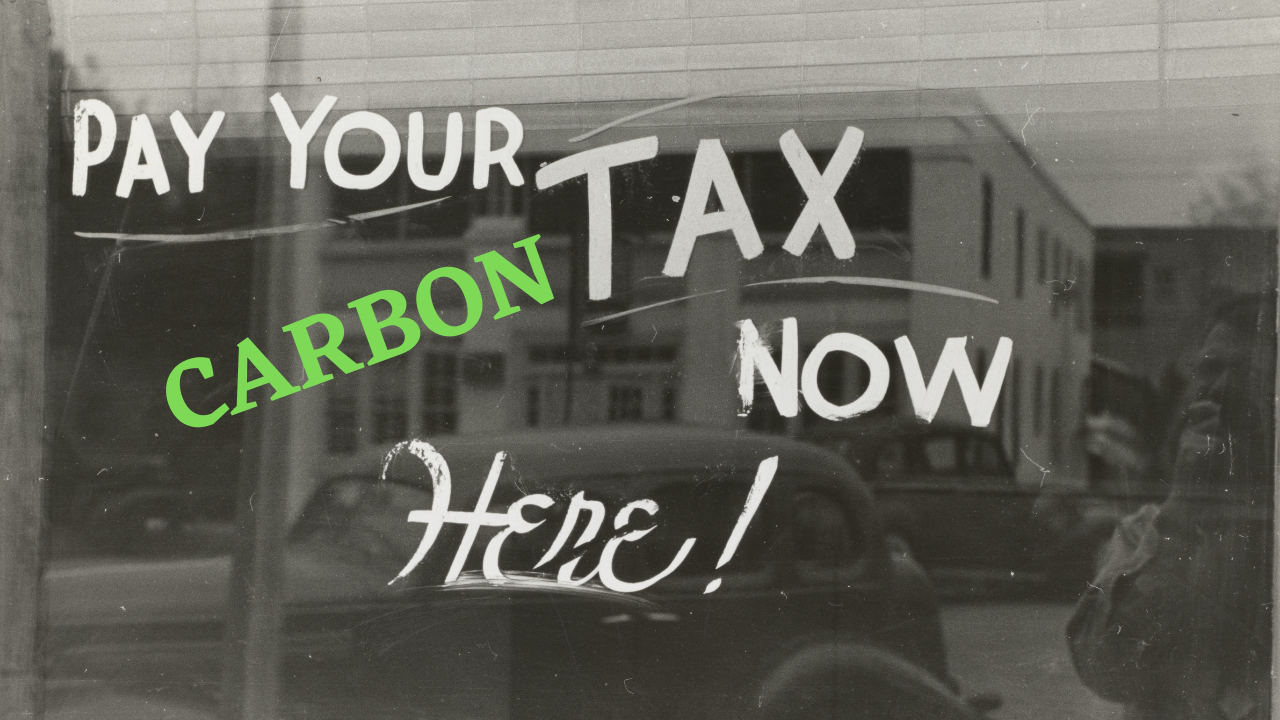The new Green EU Deal, announced in July, has as one of its aims, setting a high new price for carbon emissions. If it succeeds in raising the price, not even as far as it aims, it’ll make it a lot easier for clean technologies to prosper.
One of the hard problems for damping down fossil fuel use (and incentivizing use of clean energy sources) is managing prices.
Fossil fuels have been for decades the beneficiary of complex layers of price supports and other interventions. They were the only reliable sources of inexpensive energy, and that’s key to a vibrant economy, so, since the Second World War: price supports.
But, as happens, these proliferated, taking many forms, such that the major challenges of transitioning away from fossil fuels include unwinding price support mechanisms for fossil fuels, and creating appropriate new structures to encourage non-fossil fuels energy uses.
As these evolve, of course, they’ll have the consequence of shaping many of the price points for elements of the new energy economy. Pricing is, then, a key element of the EU’s attempt to create a comprehensive proposal for its transition.
Among the EU’s proposals, and one of the most relevant beyond the EU itself is a Carbon Border Adjustment Mechanism: CBAM. This aims to mitigate competitive disadvantages to European industries from the EU’s green policies by taxing the carbon content of imports into the EU, making them equivalent to goods produced in the EU in terms of carbon pricing: firms exporting to Europe will need to pay the same price for their carbon footprint as European companies, and so there’s no economic benefit to trying to make products from carbon-emitting processes in countries with less-stringent policies.
The CBAM approach will phase in, becoming fully operational by 2036. At that point, EU importers of goods register with national authorities and buy CBAM certificates. The price of certificates will be based on the weekly average auction price of carbon allowances in € / tonne of CO2 emitted.
Here is where it gets interesting, tough even.
Germanwatch, an observer with a stance that supports economic growth of the global south, reports the CBAM “faces strong opposition from inside EU trading partners such as China and Russia where many stakeholders perceive the mechanism as a confrontational, protectionist measure and in some cases already call for retaliation measures”.
Europe’s proposal indeed is a pretty direct intervention in the price of carbon, and it already supports far higher cost per tonne than others: over $50 / ton versus $8 / ton in China. Given that 60% to 70% of Chinese power production derives from coal-burning plants, and that it’s still building new coal-fueled plants(!), it stands to suffer grave setbacks in its position in the global supply chain, given that the effective subsidies given to Chinese industry from cheap but dirty power will be eroded.
At present, the Biden administration is described as opposing some elements of the CBAM proposal, but also has indicated that it wants to enact something similar, so it seems reasonable to anticipate that, by the time of COP26 later this year, this framework will be on its way to broad, international adoption as a way to assure that there’s no economic benefit to dirty work.
The geopolitics here seem inevitable as COP26 draws near: Beijing will threaten to keep expanding coal use unless it gets concessions on the $ / ton cost and will lobby (and hand out incentives for its position), and perhaps push for concessions on unrelated topics (Taiwan, Xinjiang, etc.) while Washington will move toward supporting the EU proposal.
Sharp-elbowed backroom jockeying is inevitable. So is the outcome for carbon pricing: increasing acceptance of international cost rules on $ / emitted ton, with those costs rising over time. The scale of these costs will set the framework for profits and return on investments for all sorts of industries – but coal and other fossil fuels will, inevitably, see their own support fast ebbing. About time.
About The Author

John is a physicist and business analyst, working on macro-economics of the end of fossil fuel s. His analyses investigate and bild data to understand the transformation of the global economy that will emerge as the global economy moves away from burning oil and coal. Separately he leads a cyber security startup and advises a major European firm on technology strategies. Earlier work includes as a Google [x] senior director, overseeing an unannounced project, working in Taiwan leading a tech startup, and as a Monitor group partner, leading strategy analysis for technology companies – particularly where the strategies needed deep insight into the underlying physical technologies.He has a PhD in physics from Imperial College, London, and with art education from the Royal College of Art. He now lives in a floating home in Sausalito, California, with his wife, noted tech pioneer Dr. Mary Lou Jepsen, as well as a small dog and a collection of paddle boards and kayaks.

